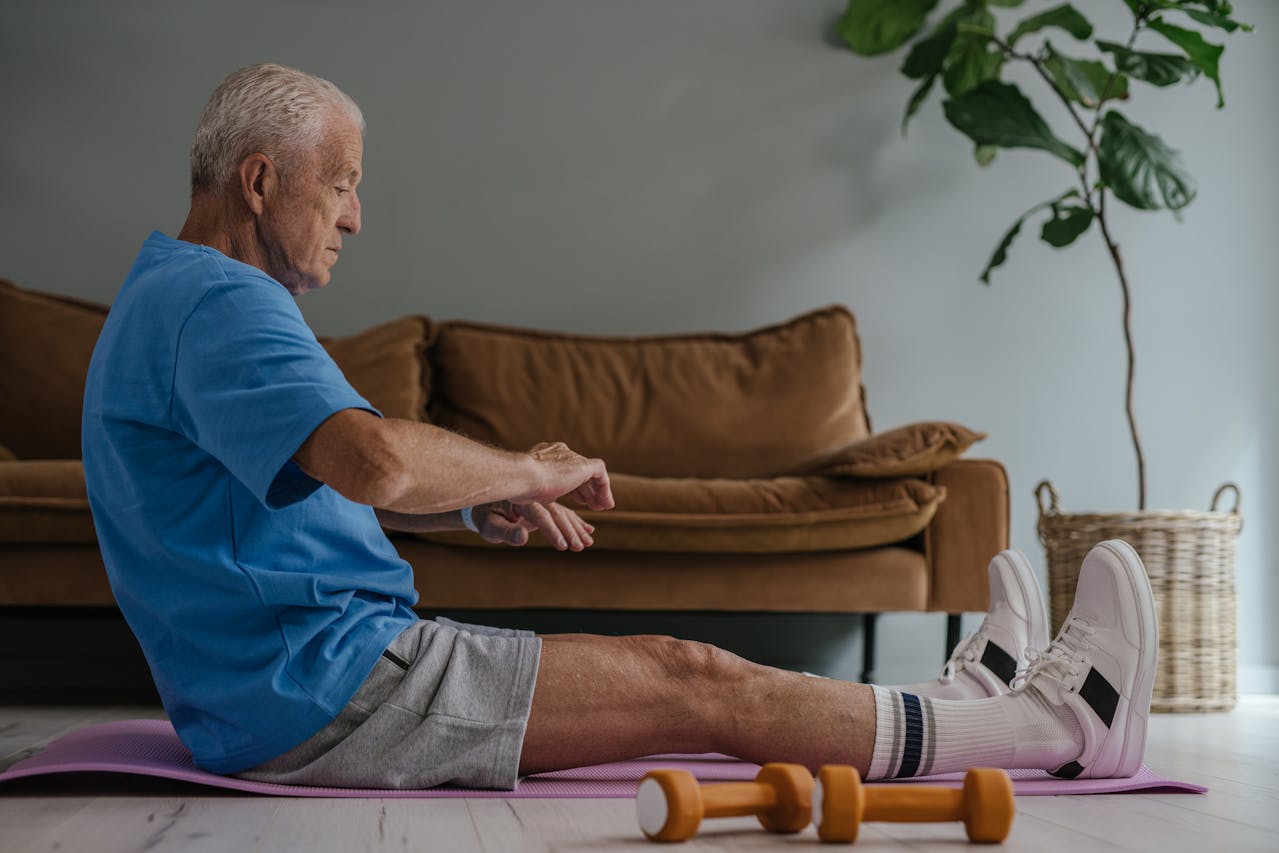Team Names That Step Up the Fun
Walking team names are a fun way to energize your workplace step challenge and bring personality to the competition. Whether you’re lacing up for wellness, steps, or just a little friendly rivalry, a great name sets the tone. Here are 50 punny, playful, and possibly corny picks to get your group moving.



Sole Mates
Because great strides are made together.Walkie Talkies
Chatty, cheerful, and always on the move.Pace Makers
Setting the rhythm (but not medical devices).The Stride Squad
Power walking with power poses.Blister Sisters
Bonded by friendship and foot pain.Fast and Flurrious
Snow, sleet, or rain—you walk through it all.Chafing the Dream
Living the step life, one rub at a time.Holy Walkamolies
Step goals and snack goals, united.Walkaholics Anonymous
You just can’t stop striding.These Boots Were Made for Walking
And that’s just what they’ll do.Strut Your Stuff
Confidence with every step.The Walkabouts
Just wandering? Perfect.Miles to Go
Steps today, glory tomorrow.Walk This Way
A classic rock-inspired stroll.Sole Survivors
Still walking after all these steps.Strollin’ with the Homies
A chill vibe with big strides.Step It Up
The name says it all.Mission Slimpossible
This self-destructs after 10,000 steps.Step Squad
Always in sync, never out of breath.We’ve Got Sole
Heart, humor, and heel support.The Walkie Winners
Outpacing the competition.Lost in Pace
Wait… where are we?Walk Stars
Shooting for step-count stardom.Toe Tappers
A little rhythm in every step.Road Scholars
Smart, stylish, and seriously into steps.
🚶♀️ Why Walking Works
It’s simple, low-impact, and surprisingly powerful. Walking just 30 minutes a day can boost energy, improve focus, and lift your mood. It’s also one of the most sustainable habits for long-term wellness, and an easy way to connect with coworkers, even virtually. Whether you’re strolling for steps or crushing a company-wide challenge, every step counts. And with the right walking team names, you can turn every step into a shared goal.
Happy Feet
Tap dancing not required, but encouraged.The Power Walkers
Your neighborhood’s fiercest fitness crew.Pimp My Stride
Walking in style, one upgrade at a time.No Ubers Allowed
If you’re walking, you’re winning.Walkaholics
Another lap? Don’t mind if we do.Born to Walk
Forget running—this is your destiny.Swift Walkers
Speed and sass in perfect stride.Treading Lightly
Leave footprints, not a carbon footprint.Making Strides
One small step for your team, one big win for wellness.Ain’t No Stopping Us
…unless there’s coffee.Step Sisters
Synchronized strides and inside jokes.Walkin’ on Sunshine
And it feels good!Pace Cadets
Mission: 10,000 steps.Pedominators
Terminate those step goals.Walkin’ After Midnight
For the night owls with Fitbits.Feet on Fire
Someone call a podiatrist.Slow and Steady
Winning hearts (and maybe a prize).Trek Stars
To boldly go where your shoes take you.Team Step Right Up
Join the show, start the stroll.March Marvels
Heroes in hydration and heel lifts.Trail Blazers
Pathfinders of the pavement.Sole Trainers
Coaching the crew to step greatness.Walkie Wonders
Every walk is a wow.Stride or Die
No chill, just challenge.Ain’t Too Proud to Walk
Motown meets motion.



🌟 Bonus Step: #51 Walk Like an Egyptian
This retro-inspired favorite earns its place among the best walking team names—bold, catchy, and ready to lead the pack in style.
Want to take those stylish steps even further? Learn how to turn a walk into a productive team ritual with our guide to hosting walking meetings.
Ready to Take Your Walking Challenge Further?
Whether you’re kicking off a step challenge, looking for fun walking team names, or rolling out a full-scale wellness program, every step counts. Avidon can help make it stick. With automated coaching, real-time engagement tools, and flexible challenge formats, we make it easy to keep your teams motivated and moving.

































